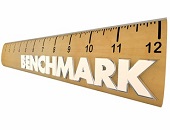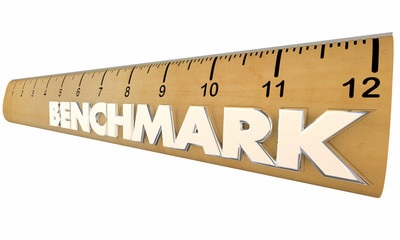The costs of financial transactions (in either the bond or stock markets) are quoted as bid and ask prices relative to the prevailing market price. But what, really, is meant by “prevailing market price” of thinly traded bonds? Two panellists discussed fixed income transaction cost analysis (TCA) at a webinar sponsored by the Global Association of Risk Professionals on December 12, 2017.
Paul Daley, Managing Director at BondWave Information Lab, compared the market microstructure for stocks and bonds. BondWave LLC is a financial technology company and registered investment advisor that provides solutions to facilitate individual bond investing.
“Data is the lifeblood of equity analysis. Over 95 percent of stocks trade on any given day,” he said. “Whereas only 10 percent of bonds trade on a given day—and only 1 percent of municipal bonds.” Daley was the second of the two panellists.
“Stocks are exchange-traded, whereas bonds are over-the-counter,” he said, and this leads to differences in how prices are quoted.
“Stocks have two-sided visible quotes,” he said, whereas “bond quotes are opaque. You might see offer but not bid—they are one-sided.”
For bonds, the size and trade matters. Transaction costs are smaller for a larger trade. Volume discounts apply, and the bonds are sold in blocks.
Stocks have volume premiums, and the system operates with parent order / child order trading.
When it comes to analyzing the cost of the trade, the bid and ask prices are relative to the prevailing market price. But what, really, is meant by “prevailing market price”?
“It is all about the benchmark,” Daley noted. There are two different market structures, each with their own rules: Financial Industry Regulatory Authority (FINRA) and Municipal Securities Rulemaking Board (MSRB).
For institutional investors, there are two prevailing prices to determine: for bid and for ask. A plot of the bid-ask spread shows the spread is small in the short term, and grows larger in the long term, until 9 years. At 10 years the bid-ask spread shrinks. “The 10-year is the most actively traded,” Daley said. “We don’t see much activity in the 10 to 20 year range.”
Transaction cost analysis depends on getting data that is closest to what money was actually spent. “For example, if you ask, ‘what is your house worth?’ you want to know where the real money went, as opposed to the theoretical price it was first listed at.” BondWave is using a pattern detection algorithm to determine the most accurate answer to that question for bonds.
“For fixed income, especially municipal bonds, you might be the only trade that’s occurred,” he said, referring to sparse data problems. BondWave tries to “back out the quote” from observed final transactions.
Daley described how the economic model comes into play. Their algorithm takes an evaluated price from previous deals. It uses the yield curve to roll the price forward.
The source of bond data is indirect, whether for corporate bonds or munis. Trade Reporting and Compliance Engine (TRACE) and Electronic Municipal Market Access (EMMA) make new data sets available on a regular basis, and these are fed into pre-trade quotes.
The BondWave algorithm detects which side of the market is being requested and can calculate the bid-ask spread from that. “It will not cross a date,” Daley said, meaning that the system will not pair up today’s bid price with yesterday’s ask price.
Ultimately, it is helpful to know the mark-ups (for buying bonds) and the mark-downs (for selling bonds). “You can imagine the conversation you would have with particular dealers,” he said. ª
Click here to read about the first presentation.


